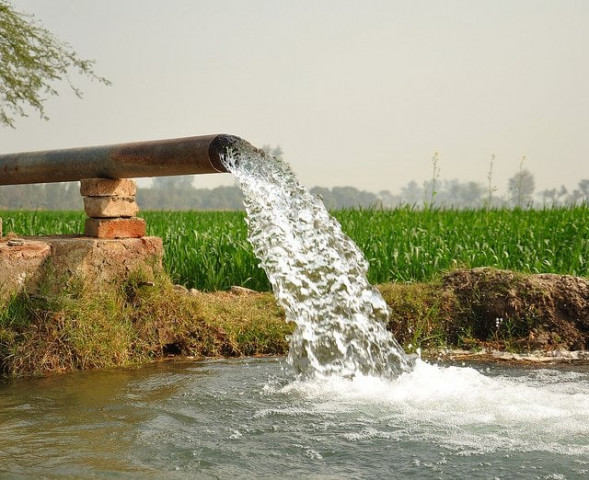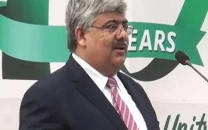Agriculture: Fertiliser prices, tube-well tariff curtailed
Experts appear unimpressed, argue India doing much more

Experts appear unimpressed, argue India doing much more.
PHOTO: ONLINE
Agriculture has been the backbone of economy, providing direct employment to 44% of the labour force, contributing 21% to the GDP and providing 70% of raw material for the textile industry. But many argue that lack of research stifles productivity and value-addition ability of the country.
Consequently, it comes as a shock that there was no increase in the allocation under the Public Sector Development Programme (PSDP) for the Ministry of National Food Security and Research, which is the focal ministry at the federal level to address the agriculture and food security issues.
Incentives
The visible incentives announced by the finance minister in the budget speech include bringing down the urea fertiliser price to Rs1,400 per bag from Rs1,850, reduction in the price of DAP fertiliser from Rs2,800 to Rs2,500, enhancing the allocation for agriculture credit from Rs600 billion to Rs700 billion and bringing down the mark-up on these loans to 2%.
Moreover, from July 1, off-peak tariff for agriculture tube wells would go down from Rs8.85 per unit to Rs5.35 per unit, which would cause a burden of Rs27 billion on the government exchequer, said Finance Minister Ishaq Dar.
Additionally, duty on fish feed, 10% customs duty on export of small fish and 7% tax on pesticides were all revoked.
The finance minister, referring to the prime minister’s Rs341 billion Kisan Package, said farmers would continue to benefit from the package during the fiscal year 2016-17.
He added that the tax and duty concessions, amounting to Rs15 billion announced in the budget for 2015-16, would continue in 2016-17.
Just as in the past, the federal and provincial governments would pay the cost of subsidy on urea and DAP fertiliser, amounting to Rs36 billion and Rs10 billion respectively, in equal shares.
Reaction
Other than fertiliser subsidy and relief in power tariff, no significant step was taken to boost agriculture. These were the thoughts of Muhammad Tariq, President of the Multan Mango Growers Association.
He said in India domestic support for agriculture was placed at $54 billion and the superficial support Pakistan announced pales in comparison.
Tariq added that despite horticulture being accepted as a potentially robust export sector, there was no step, whatsoever, taken to give it a boost.
Pakistan Businessmen and Intellectual Forum President Mian Zahid Hussain echoed Tariq’s remarks. He said amid colossal challenges confronting the farming community due to burdensome input costs, government’s steps appear too timid. Hussain said the growth was the lowest in 25 years. “Allocations of huge funds were needed to introduce corporate farming and bring the much-needed boost in research to compete internationally.”
FPCCI Regional Standing Committee Chairman Ahmad Jawad expressed dismay at the absence of support for horticulture. He said the government was expected to incentivise establishment of value chain infrastructure to propel the fresh fruit and vegetable export sector, however, it made no such concessions.
Jawad, nonetheless, did express appreciation for the DAP and urea subsidy, along with the reprieve in terms of power tariff.
Published in The Express Tribune, June 4th, 2016.
Like Business on Facebook, follow @TribuneBiz on Twitter to stay informed and join in the conversation.











1726134115-0/BeFunk_-(41)1726134115-0-208x130.webp)







COMMENTS
Comments are moderated and generally will be posted if they are on-topic and not abusive.
For more information, please see our Comments FAQ